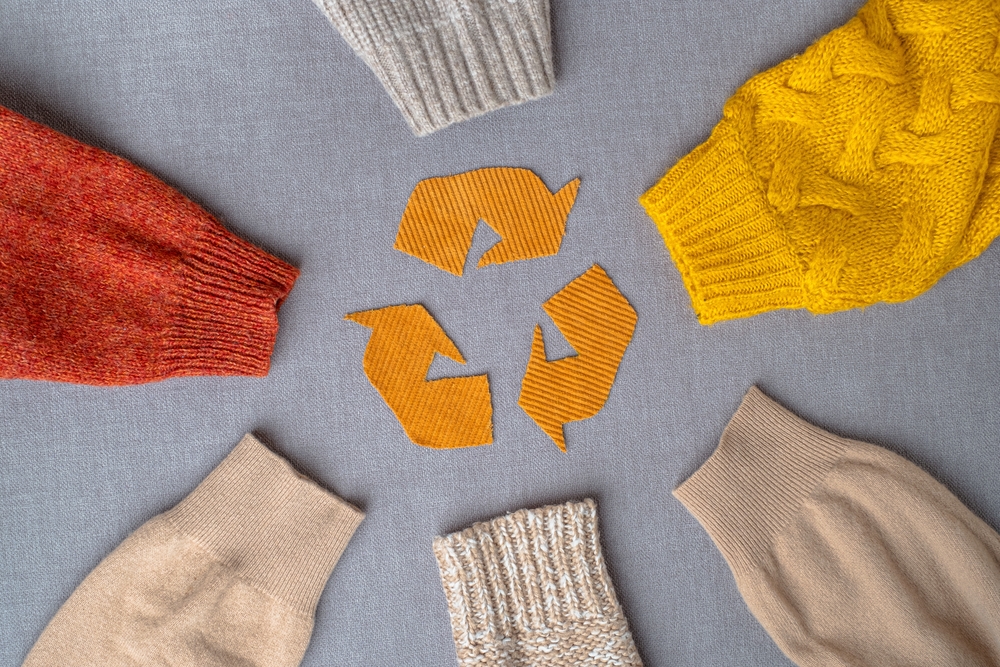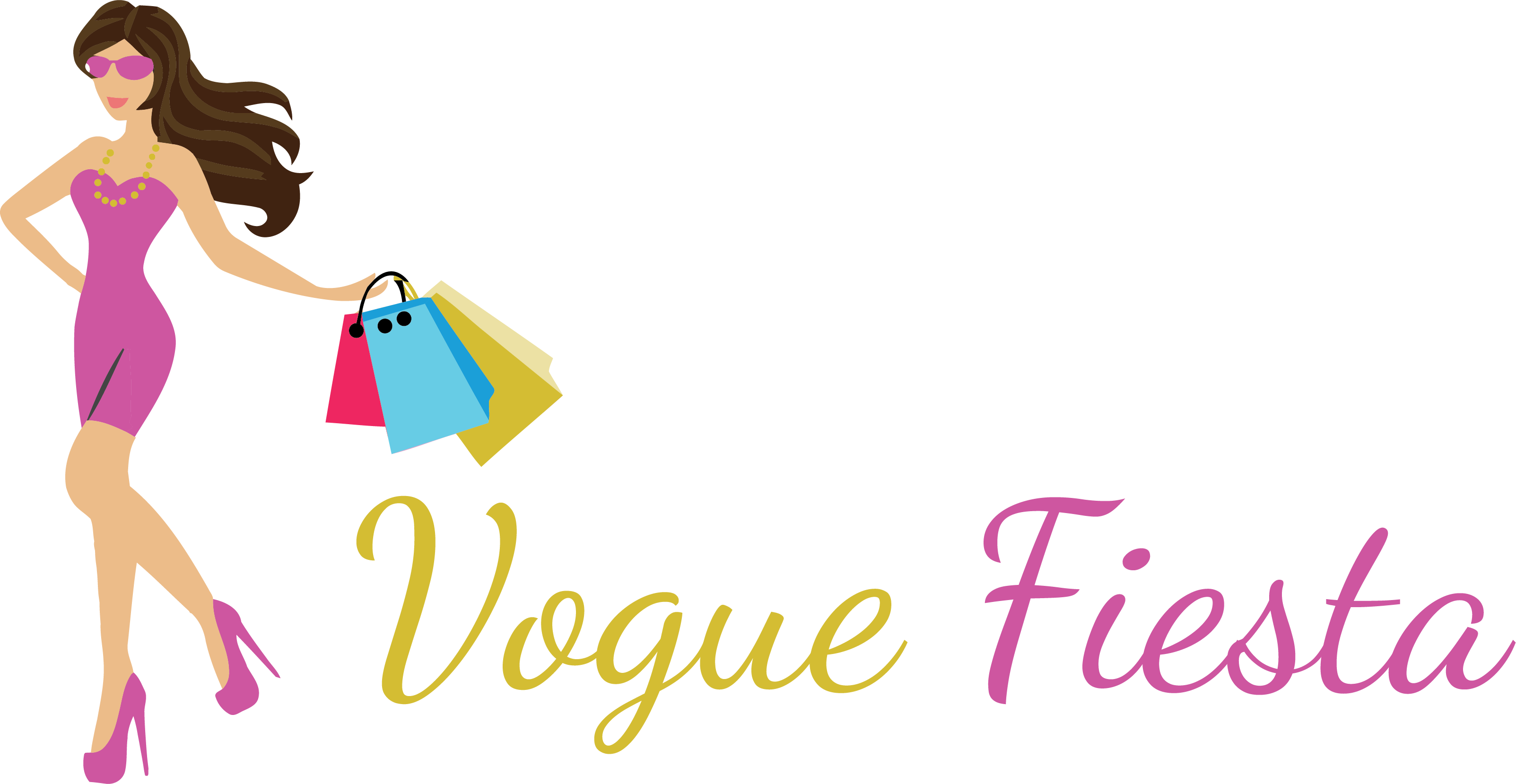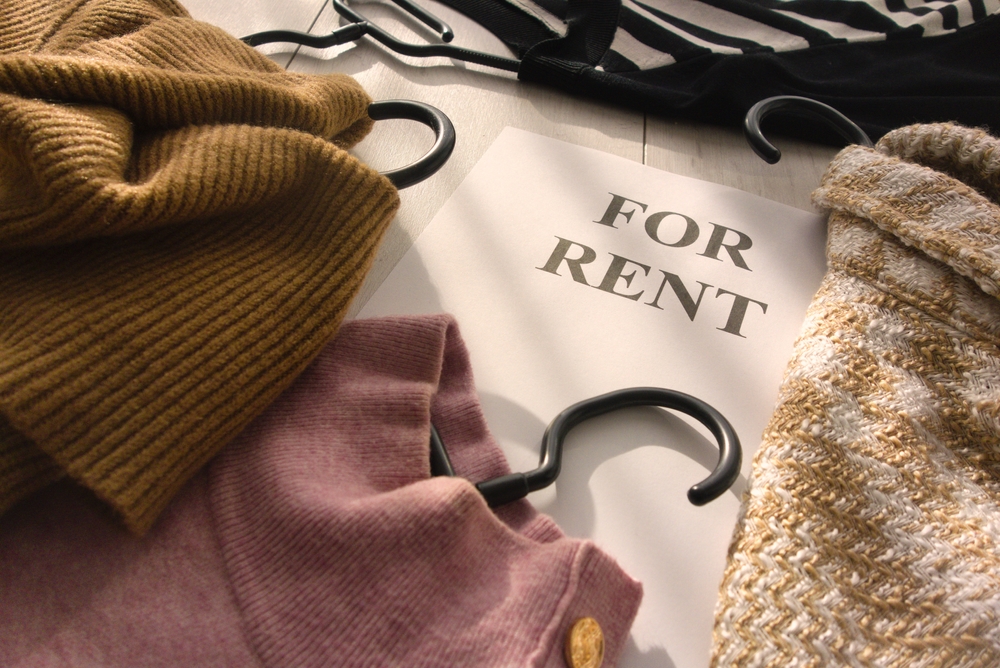Growing environmental concerns and changing consumer attitudes have caused a significant transformation in the fashion industry in recent years. In the course of this development, renting clothes has become a viable substitute for traditional retail, giving customers access to a wide selection of clothing while having the least negative impact on the environment. In order to better understand how fashion rental services are helping the fashion industry become more sustainable, affordable, and convenient, this article examines their rise.
Sustainability: A Key Factor Affecting Rental Fashion
Concerns about sustainability have long plagued the fashion industry, ranging from resource-intensive production methods to the proper disposal of used clothing. Particularly fast fashion has drawn criticism for its role in deteriorating the environment. By encouraging circular fashion practices, lowering the demand for new garment production, and minimizing textile waste, clothing rental services help to address these issues. Customers can actively contribute to lowering their carbon footprint and promoting more environmentally friendly consumption habits by renting clothing instead of buying it. A lot of rental companies also place a high priority on environmentally friendly procedures in their day-to-day operations. These include employing sustainable materials, cutting down on wasteful packaging, and putting in place effective transportation strategies.

Accessibility and Affordability: Redefining the Economics of Fashion
Apart from their eco-friendly attributes, clothing rental services present a financially viable alternative for individuals who want to obtain premium clothing without having to pay the exorbitant costs linked with designer labels. Renting makes fashion more accessible to a larger audience by enabling people to try out new looks and trends without having to make large financial commitments. Furthermore, rental services’ low cost is in line with consumers’ shifting tastes, which frequently prioritize variety and experiences over ownership. Rental services democratize fashion by giving people access to an extensive selection of apparel at a fraction of the price of buying, enabling them to express their personal style without financial limitations.
Variety and Practicality: An Innovative Method for Organizing Clothes
The unmatched variety and convenience provided by clothing rental services is one of their main benefits. Customers can peruse vast assortments of apparel, from high-end designer pieces to daily necessities, from the comfort of their homes, thanks to online platforms. With so many options, people can customize their wardrobes to fit various tastes and events without taking up too much closet space. The rental process is further streamlined by the ease of doorstep delivery and hassle-free returns, which improves the overall customer experience. Rental services provide a more organized and effective way to manage your wardrobe by doing away with the need for frequent shopping trips and closet clutter.
Shifting Consumer Attitudes: Adopting Experience-Based Fashion
The emergence of clothing rental services is indicative of broader changes in the way that consumers behave, especially in younger age groups. People are starting to value experiences over material belongings and are looking for more meaningful and sustainable ways to interact with fashion. Renting apparel is in line with the principles of mindful living and conscious consumption in addition to providing a useful solution for wardrobe requirements. Adopting rental services allows customers to express their individuality while reducing their environmental impact, which will help fashion become more sustainable in the future. Additionally, the popularity of rental services among trend-conscious customers has increased due to the rise of social media and influencer culture, which has increased demand for ever-evolving styles.
Technology and Customization: Improving the Experience of Renting
Technological developments are a major factor in the success of clothes rental businesses. Rental platforms are able to customize recommendations according to individual preferences, sizes, and style preferences through the use of complex algorithms and data analytics. Customers can see how various clothes will fit and appear before choosing thanks to virtual try-on features, which further improve the rental experience. These technological advancements not only make renting easier, but they also give customers a more personalized and interesting shopping experience. Leveraging technology, rental services can further solidify their position in the fashion industry by offering seamless customer experiences and personalized recommendations.
Partnerships and Collaborations: Creating Sustainable Fashion Ecosystems
In order to broaden their product offerings and support sustainability initiatives, clothing rental services frequently work with fashion brands and designers. Rental platforms can now access exclusive collections and provide customers with access to highly sought-after designer pieces thanks to these partnerships. Moreover, rental services can highlight their dedication to sustainability and moral behavior even more by working with eco-aware brands. Clothes rental services support the creation of more sustainable fashion ecosystems by encouraging partnerships and collaborations within the industry, which promotes innovation and constructive change.

Conclusion
To sum up, clothes rental services are a big change in the fashion industry because they give customers a more environmentally friendly option than traditional retail. These services prioritize affordability, sustainability, and convenience in order to meet changing customer needs and address urgent environmental issues. Clothing rental services are a ray of hope for a more sustainable and just future as we continue to adopt a more conscientious approach to fashion consumption. Supporting these initiatives and adopting mindful consumption practices will help us all work toward a fashion industry that puts people, the environment, and style first.

